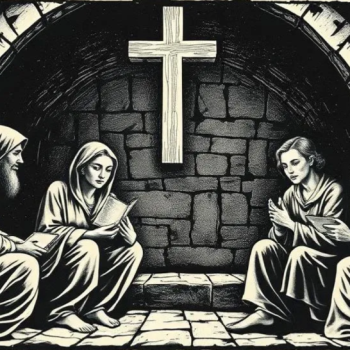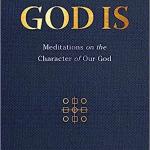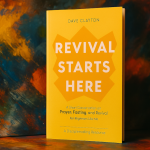Every week in The Kiddy Pool, Erin Newcomb confronts one of many issues that parents must deal with related to popular culture.
I re-read F. Scott Fitzgerald’s The Great Gatsby this week in anticipation of seeing the new Baz Luhrmann film. The last time I read the book, I was 15 years old, a sophomore in high school, and I didn’t much care for the American classic. Reading the text again and seeing the film changed my opinion — not because the essentials of Fitzgerald’s story have changed, but because I have. Many of the film’s critics seem divided, but I loved the movie (I’m also a huge fan of Luhrmann’s work in general, and especially of his Romeo and Juliet). It was visually lush — with dizzyingly glitzy party scenes and candy-colored cars careening through the congested city streets. It was wild, frantic, frenetic. Typical Luhrmann fare, and a perfect fit for the time period and tone of Gatsby’s world. Yet where some critics found the film superficial, I feel like I finally got a sense for the profound desperation and sadness of nearly every character in the story.
The problem with reading the book at age 15 was that I, a privileged idealist looking to books for heroes, could not possibly fathom the losses and regrets that permeated the lives of Daisy and Gatsby. And, yes, even the brutish Tom. In one scene, Daisy describes the birth of her daughter Pammy: Tom is absent, no doubt drinking or cavorting with a mistress, but either way indifferent. The nurse informs Daisy that the baby is a girl, and Daisy responds “I hope she’ll be a fool—that’s the best thing a girl can be in this world, a beautiful little fool.” That line made me angry all those years ago, because I wanted Daisy to exert herself, to be more than “a beautiful little fool.”
That reaction is not so different from the pressure Gatsby applies, pushing Daisy to renounce any love for Tom and erase the last 5 years of their lives. Only the narrator Nick Carraway seems to realize that Gatsby and I both were asking too much of Daisy, asking her to be something no one ever taught her how to be, to discard the behaviors that kept her safe (enough) and secure in hopes of behaviors that would set her free. It’s just that Daisy doesn’t know how to be free, because her value has always been in being beautiful and foolish. Those words now make me see the foolishness of my 15-year-old reading, and instead of anger towards Daisy, I feel sadness and compassion.
Near the novel’s end, Nick laments “They were careless people, Tom and Daisy—they smashed up things and creatures and then retreated back into their money or their vast carelessness, or whatever it was that kept them together, and let other people clean up the mess they had made.” When I first read this book, I agreed, and it disgusted me, so that I felt superior to the characters and peeved with the author for failing to provide likeable protagonists. At 15, I could not comprehend Gatsby’s constancy or his sorrow or his loneliness. I could not fathom why men were fighting over a weakling like Daisy or why Tom and Daisy reconcile. I saw only ideals, never compromises. I walked the straight and narrow, while Fitzgerald’s characters each took a tangent that — however slight at its onset — led them irrevocably away from their initial visions of themselves. There were too many cruelties, too much neglect. They were careless people because the cost of caring was too great, too painful. Just ask Jay Gatsby.
As for my own girls (the oldest is the same age as Pammy), my hopes go so far beyond Daisy’s. I expect to raise up women of character who love and fear and obey the Lord. If re-reading Gatsby has taught me anything this week, those hopes are not because I am superior to Daisy but because I have been cared for spiritually, emotionally, and intellectually, in deep and meaningful ways. Sometimes beauty and foolishness and carelessness only exist on the surface — like a lavish party whose abundance masks its host’s isolation.















